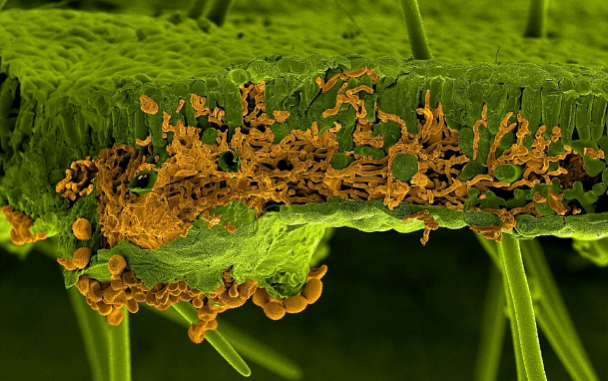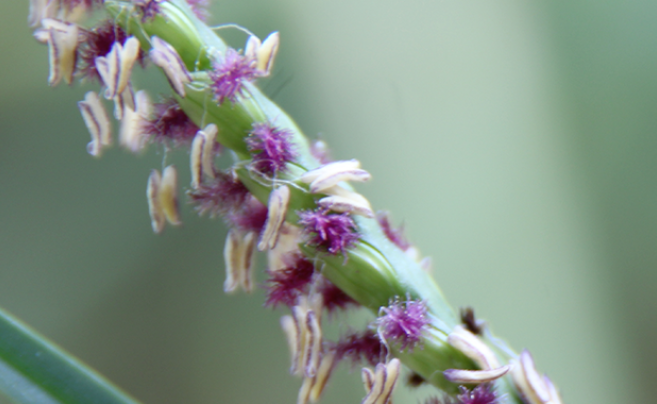
The United States is the world’s leading soybean producer, and soybeans are used to produce biodiesel. The fungus Phakopsora pachyrhizi causes Asian Soybean Rust (ASR) and is the major pathogen of soybean. Left uncontrolled, soybean rust could reduce crop yields by as much as 90 percent.
As part of the DOE Joint Genome Institute’s 2016 Community Science Program portfolio, Sebastien Duplessis of the French National Institute for Agricultural Research (INRA) proposed sequencing a reference genome for P. pachyrhizi to develop better strategies to counter soybean rust disease. Soybean itself is a JGI Flagship plant genome, and JGI published its genome sequence in 2010.


More Details






